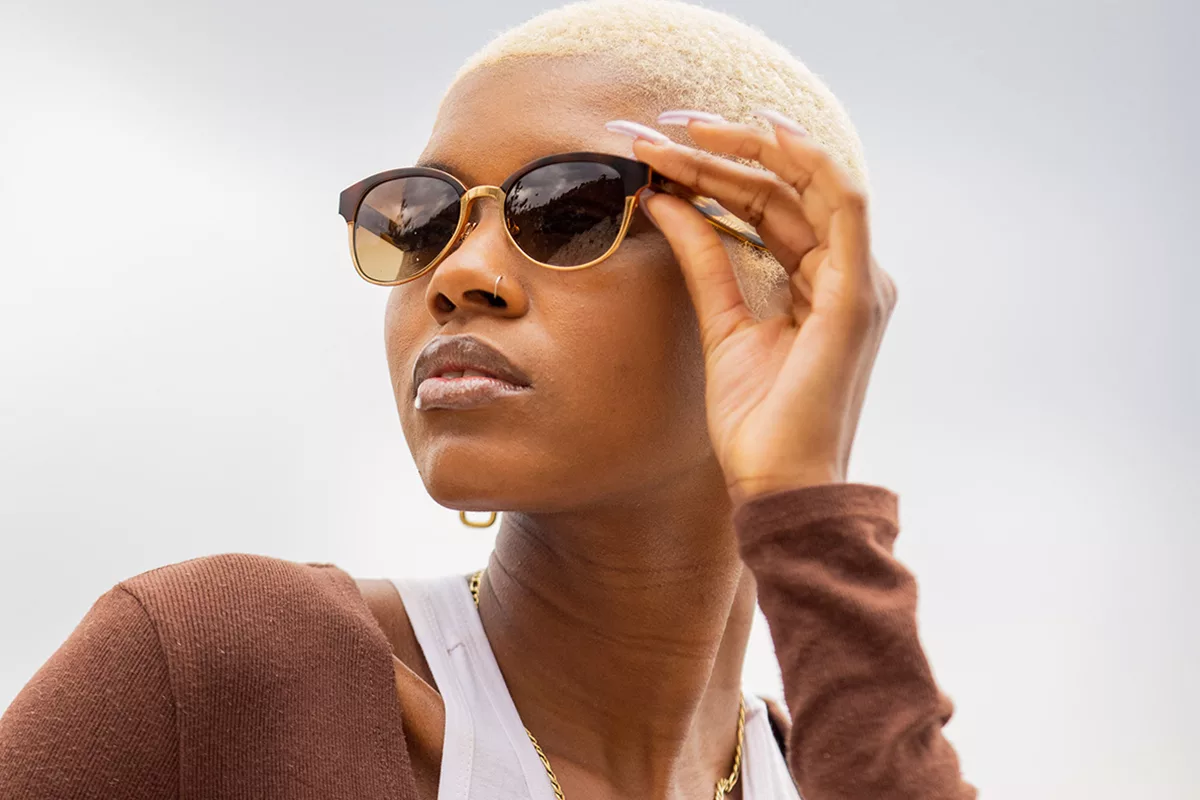
Is Sustainability Relevant For The Eyewear Industry?
Sustainability is a word that’s gaining more and more prominence with each passing day. For most of us, it’s unclear what the big fuss is all about and especially in the optical and eyewear field. We turn to Pratik Bhatt of SevenX Eyewear to shed some light on this
What’s The Big Deal About Sustainability? I hear this question a lot. And to be able to answer this question, it’s important to first understand sustainability.
Sustainability consists of fulfilling the needs of current generations without compromising the needs of future generations, while ensuring a balance between economic growth, environmental care and social well-being and Yes that’s the big deal.
It’s all about ensuring that one’s business product has a perfect balance of economic growth yet does not harm mother nature and protects the planet while enriching the lives of the future generations. If that’s not a big deal then I don’t really know what is. It’s as simple as that for me.
Then the next question that arises is “what does it really bring to the table, especially for the eyewear industry?” The eyewear sector has been slow to respond to the sustainability agenda but is finally showing signs of dynamism.
The most vocal drivers of change are a new generation of independent and emerging brands. Eyewear is an important entry point into luxury fashion for many consumers.
Consumers can lead the push for sustainable alternatives, Consumers have the power. Who do they give their money to? What are the brands they are investing in producing their products? The consumer has been asking these questions before investing in a brand.
And if everyone does that, companies will have to change.
Momentum is being created by Gen Z. The Gen Z consumer is way more nuanced and pays attention to the brands that they support and wants full transparency. If sustainability is important to that Gen Z individual, they're going to buy into that brand early and stick with them.
This momentum and change in viewpoint is being noted as companies like Kering, EssilorLuxottica & Safilo have ventured into the space of sustainability.
The way forward is to get the industry to work on this problem together. To influence raw materials manufacturers to do the work to make sure there are standardised materials available to all brands that have the same properties and the same longevity as the current materials that we are able to use.
 Why Is Sustainable Eyewear Expensive?
Why Is Sustainable Eyewear Expensive?
The challenge is to make small projects work on a bigger scale. The hunt is on to find sustainable alternatives for materials that do not compromise on quality and durability. Step by step, the industry is evolving and over the time, it's becoming easier to source more sustainable materials but yes nevertheless it still remains a niche segment and can’t be compared to the mass machine produced eyewear’s both in terms of the quality and the price it has to offer. So yes, sustainable products do tend to be more expensive.
But one has to understand that in sustainable eyewear everything produced is out of natural resources i.e., something in the purest form. And as everyone knows, mass-produced and machine-made products are made of different artificial materials and also mixed varieties to lower the prices for different categories of customers. This comparison is like the classic ‘apples and oranges’ and one.
Because of its purest form, sustainable products can claim to be longer lasting which won’t degenerate easily and can last for generations as compared to other ordinary eyewear.
And also one has to understand the consumer for brands supporting sustainability is different. This consumer understands that the additional price that goes into a sustainable product is their own investment into the larger good of the planet and this consumer is willing to do this and is in fact, looking for such avenues to invest in.
Brands Into Sustainability
There’s been a lot of action with brands making their foray into the sustainable space.
Organisations like EssilorLuxottica, Safilo and Kering Eyewear have also forayed into this domain. Besides these prominent organisations, there are independent players, making a notable difference in the sustainable eyewear space. Brands like Wire Glasses from London founded in 2016 and SALT founded in 2005 in Coastal California are making notable changes in the segment.
Kering With Zeiss Sunlens
Recently, Kering Eyewear and Zeiss Sunlens came together to develop sustainable ‘bio-based’ lenses. The newly developed sun lenses are now part-made from bio-based material, complementing Kering Eyewear’s sustainable frames and providing consumers with a ‘valid option for sustainable sunglasses’.
Introducing together with Kering Eyewear the sunlens with a significantly improved carbon footprint is one of the next milestones in making sun lens production more sustainable, highlighting the many different levers, from the use of bio-based materials to renewable electricity in manufacturing, to be activated to create sustainably better products.

Salt Eyewear
Salt is a brand that claims to use the most premium handmade acetate derived from cotton seeds and wooden pulp making it more sustainable. They have partnered with Takiron Rowland – a Japanese firm making handmade acetate for over 100 years.
Salt strives to create products that capture the elegance and nurture the true beauty of planet earth. Salt believes that eyewear should do more than just look good and that it should perfectly fit too. All of this as 100% natural and sustainable in the true sense makes Salt a perfect choice for products that are made to last.
So in my opinion, sustainability will be the single most important differentiating factor that the consumer is going to be looking at when he chooses his eyewear. Are you ready for this?







